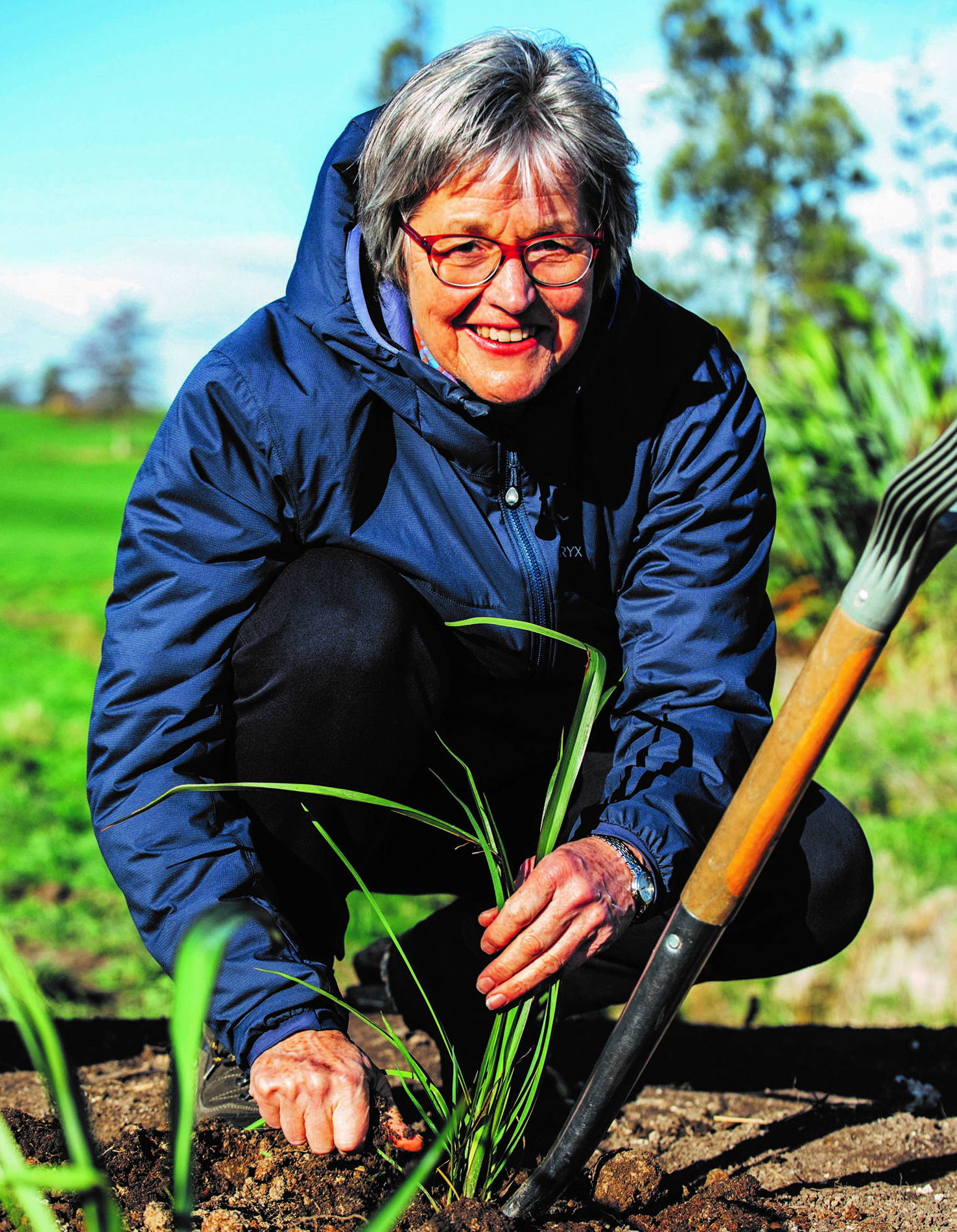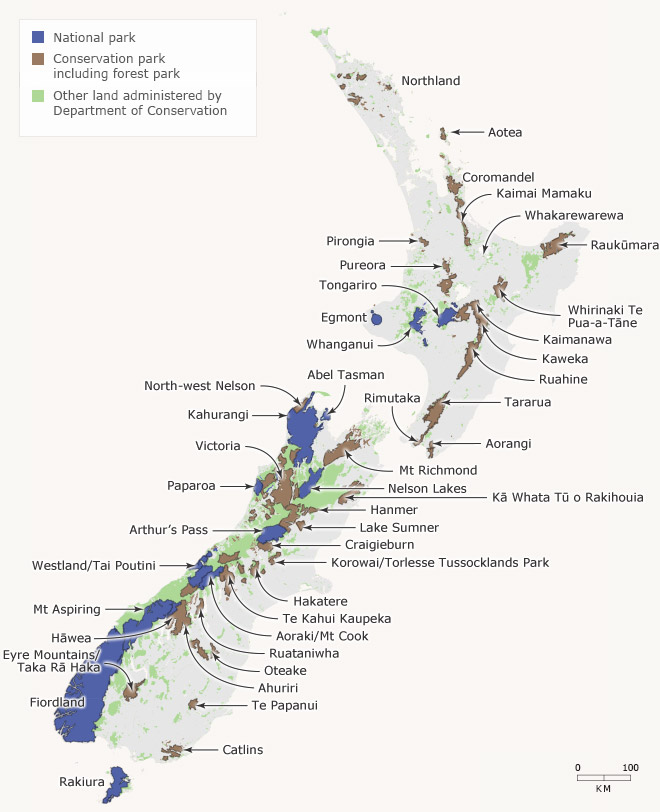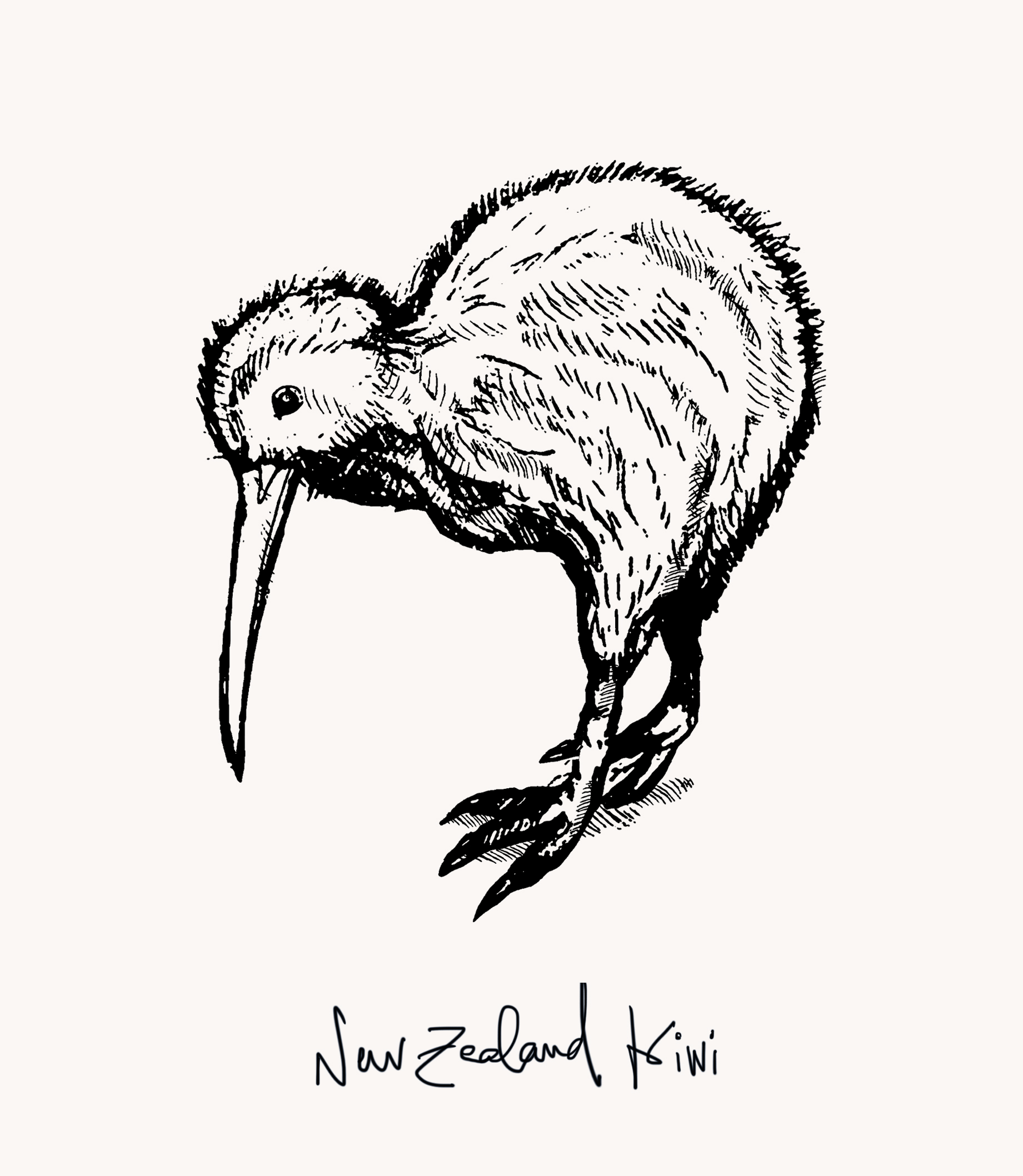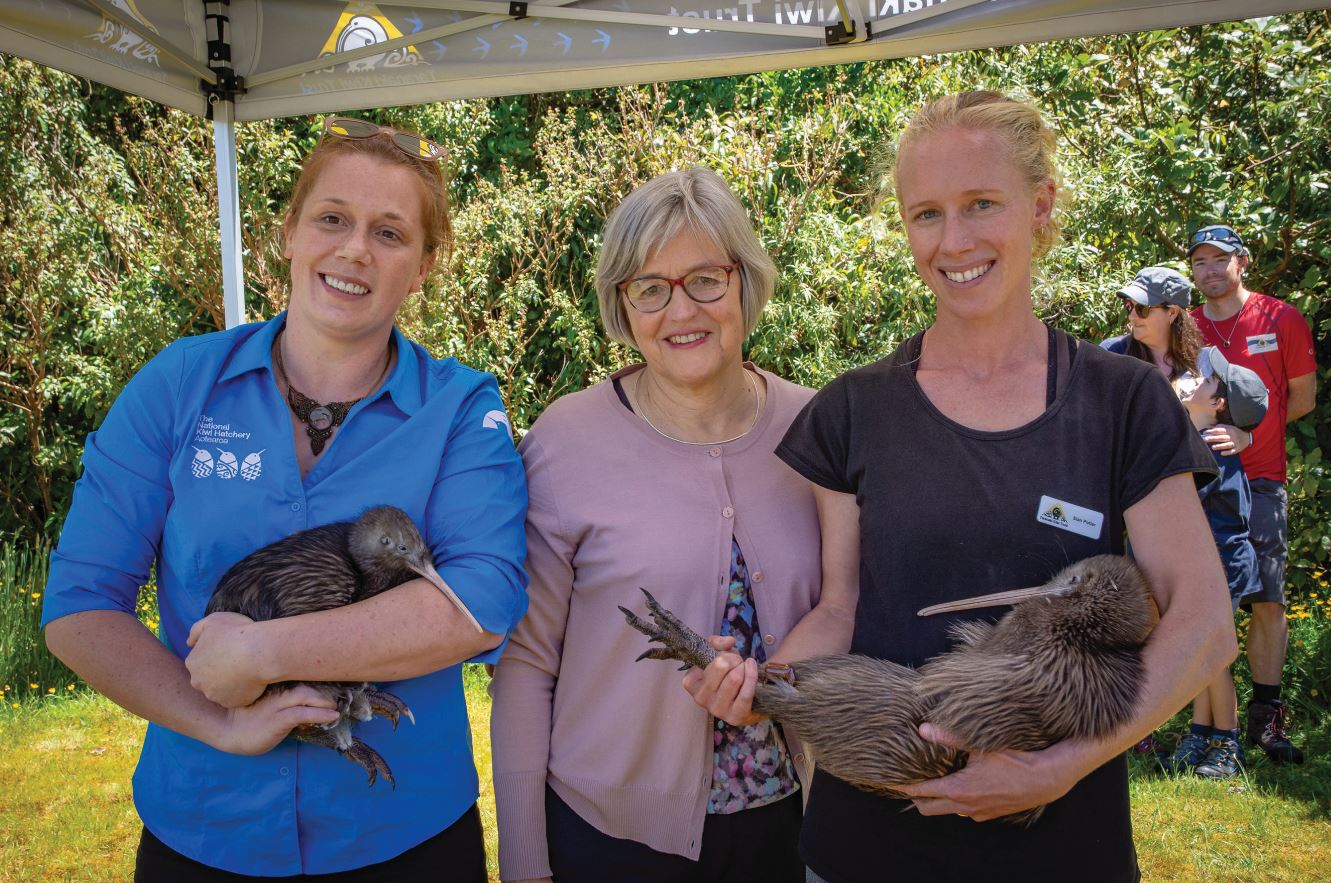
MEET WITH
Eugenie Sage
Minister of Conservation New Zealand

We invite you to the end of the world to learn more about fauna and flora.
On Kiwi’s land, environmental conservation is sacred! Imminent boarding to discover New Zealand conservation initiatives.
An eco-sanctuary in the city
In the heart of New Zealand’s capital city lies an unusual place: Zealandia, a world first of its kind and the only urban wildlife sanctuary in the country. This 225-hectare area is a ground-breaking project that has already reintroduced 18 of native wildlife species into the region.
In Zealandia, birds, reptiles, insects and plants are coexisting in an environment where they enjoy a habitat free of the various threats they have been the victims of since the arrival of the first men around 1280.
A matter for young and old alike
Since its creation in 1987, the Department of Conservation - Te Papa Atawhai has always stressed the importance of community involvement in New Zealand conservation efforts. From early childhood education programmes to voluntary activities and partnerships with major organisations, protecting biodiversity in New Zealand is a matter where everyone has a role to play.

32% of New Zealand territory is classified as protected areas
Clean green New Zealand, a well-deserved cliché
Anyone travelling to the land of the long white cloud - as the Maori call it - will witness the extraordinary ecosystem that New Zealand has to offer. Protected from any interaction with the outside world for millions of years, this isolated Pacific island is full of species that are unique to its geographical position, including 80% of endemic flora.
However, when the first civilisations arrived 700 years ago, this insularity turned out to be a real scourge for New Zealand's fauna and flora. Many animals, which never had to face any sorts of threats, are now endangered or even extinct. There are already 51 species of birds, 8 species of reptiles, fish and bats that have disappeared since the island colonisation.
Facing the fragility of this precious heritage, and in the interests of environmental sustainability, local authorities and populations decided very early on to take action to conserve their small paradise... The 1953 Wildlife Act covers the protection and control of wild animals and provides for sanctuaries, refuges and wildlife management reserves.
Nowadays, the outcomes are convincing. With its parks and wildlife reserves covering 32% of New Zealand territory - being more than 80,000 square kilometres of protected areas both on land and at sea - New Zealand ranks first among OECD countries in terms of safeguarded areas for conservation purposes. On a European scale, this represents 31 times the size of Luxembourg or just a little less than the entire Portuguese territory.

Conservation is also a corporate responsibility...

In 2018, New Zealand decided to take a further step forward by embarking its 4 million annual tourists on its great challenge conservation. As a result, when arriving in New Zealand, each traveller must now commit to protecting nature by committing to the Tiaki promise (which means "protect" in Maori).
"While travelling in New Zealand, I will protect the land, sea and nature by caring about my ecological footprint and leaving no trace. I will travel safely with care and consideration for everything. I will respect culture by keeping an open mind and heart."
Towards a post-carbon New Zealand?
Producing less than 0.2% of global greenhouse gas emissions (GHG), New Zealand is amongst the international leaders to advocate for a carbon-neutral future. Prime Minister Jacinda Arden has pledged that the country will reach a carbon-neutral goal by 2050. In addition, on April 12, 2021, legislation was introduced by the New Zealand government to force banks, insurance companies, and investment firms to report on the climate change impacts of their investments. If passed, climate reporting will be mandatory by 2023. New Zealand is the first country in the world to propose such a law!

MEET WITH
Minister of Conservation New Zealand

MEET WITH
Minister of Conservation New Zealand
Sustainability MAG: Best-in-class amongst OECD countries in terms of national conservation and with a Ministry entirely dedicated to this subject, the protection of cultural and natural areas appears as an absolute priority in New Zealand. What place does conservation occupy on the current Government's agenda?
Eugenie Sage: As demonstrated by the significant increase in funding for conservation, supporting New Zealand’s unique indigenous plants, wildlife and landscapes is a priority for our Government. Our biodiversity is at the heart of New Zealand’s success… Thanks to our diverse and distinctive natural landscapes, tourism is New Zealand’s number one export industry. Moreover, our food and fibre industries also depend on the services that nature provides us. This explains why conservation is so important on the Government’s agenda.
How do you react to IPBES latest report on biodiversity? How is New Zealand impacted?
This report makes it very clear that we have a global biodiversity crisis which needs urgent attention. It confirms the huge challenge of conserving native biodiversity and ecosystems in New Zealand. Restoration programmes are locally making significant biodiversity gains. However, on a national scale, biodiversity is continuing to decline. Land use, invasive species control and freshwater restoration are at the heart of our challenges.

Eugenie Sage with members of Taranaki Kiwi Trust
In a country where national symbols are silver ferns and kiwi birds, the importance of natural heritage seems particularly strong. Without falling into the cliché, is there an identity component to the preservation of natural heritage in New Zealand? Would you say the cultural dimension is an important explanatory variable?
Conservation is a human construct and people’s values are important. We call ourselves ‘Kiwis’ and we wear the Silver Fern proudly. It’s in our nature. Because New Zealand has instilled the idea of valuing nature into its cultural matrix, New Zealanders from all walks of life are adopting a role as guardians of nature. People here seem to understand that they are an integral part of the natural world.
Your actions are recognised on the international scene. How do you use this leadership and influence other nations to align themselves with such standards and to act strongly for nature preservation?
New Zealand uses its leadership to advocate for species conservation in a range of international fora. A few months ago, we signed a new Memorandum of Arrangement to support Shorebird Conservation in China and New Zealand for example. The memorandum reflects considerable work by DOC shorebird experts talking to their Chinese colleagues to recognise that with migratory birds, international co-operation is required.
In May 2019, Climate Change Minister James Shaw introduced the Zero Carbon Bill which includes the creation of an independent Climate Change Commission. What will be the DOC’ role if the bill passes into law?
The Zero Carbon Bill provides the framework, institutions, guidance and targets New Zealand needs to plan climate action that will help limit global warming to no more than 1.5°C above pre-industrial levels. Conservation land is of ever-increasing importance to reach this target. We are working to accurately document the carbon storage role of indigenous vegetation of New Zealand’s protected natural lands and ways in which that can be enhanced by protecting nature.
-Article originally published on November, 2019-